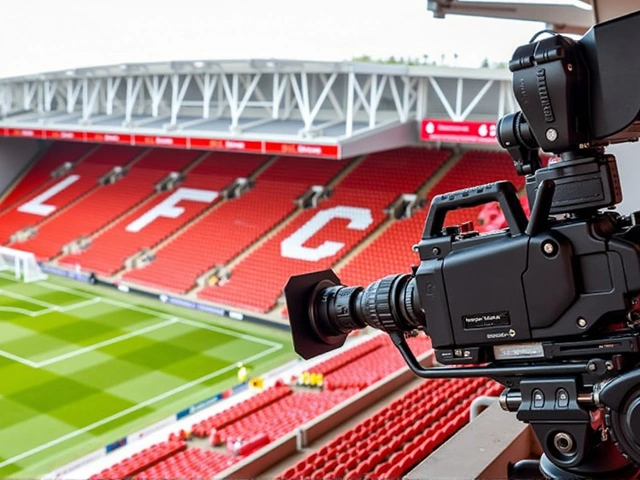IEC Standards in Urban Agriculture – Why They Matter
Ever wondered why the tech world keeps talking about IEC? It’s not just for electricians. The International Electrotechnical Commission (IEC) sets safety and performance rules for everything that uses electricity – from solar panels on rooftops to smart irrigation controllers. For city growers, those rules are a hidden shortcut to safer, more reliable farms.
What is IEC?
IEC stands for the International Electrotechnical Commission. Think of it as the global rule‑book for electrical equipment. When a device carries the IEC mark, you know it’s been tested for things like voltage tolerance, electromagnetic compatibility, and environmental durability. In plain English, it means the gear won’t explode, won’t short out, and will keep working in dusty, humid, or rainy city conditions.
Why should a lettuce grower care? Because most modern urban farms rely on tech – LED grow lights, automated climate controls, hydroponic pumps, and solar chargers. If any of those pieces fail, you lose crops, money, and credibility. IEC‑certified gear reduces those risks, and it’s often a requirement for insurance claims or municipal permits.
Applying IEC in City Farming
Here are three practical ways to bring IEC standards into your rooftop or balcony garden:
1. Choose IEC‑marked equipment. When buying LED panels, look for the IEC 61347 label. It guarantees the lights can handle temperature swings typical in a city loft. The same goes for power strips and surge protectors – IEC 60320 ensures they won’t overheat.
2. Test your setup with a simple checklist. Verify that all cables are rated for indoor/outdoor use (IEC 60227). Check that water‑proof enclosures meet IEC 60529 IP ratings – a “IP65” box can keep rain out while still allowing airflow. If you use battery storage, make sure the charger follows IEC 62133 for safety.
3. Align with local regulations. Many African municipalities reference IEC standards when issuing permits for vertical farms. By staying IEC‑compliant, you’ll breeze through inspections and avoid costly retrofits later.
Remember, IEC isn’t a one‑size‑fits‑all. Different parts of the standard apply to different gear. The key is to match the right IEC code to the right component. For example, a solar inverter needs IEC 62109, while a smart sensor might fall under IEC 61508 for functional safety.
If you’re just starting out, focus on the most critical gear – lights, pumps, and power distribution. Upgrade the rest as your farm grows. Over time, you’ll notice fewer power glitches, longer equipment life, and smoother harvest cycles.
Bottom line: IEC standards are a free insurance policy for urban growers. They help you avoid downtime, keep food safe, and stay on the right side of city officials. So next time you shop for a new grow‑light, scan for the IEC badge. Your crops – and your wallet – will thank you.
Ready to make your city farm IEC‑ready? Grab a checklist, compare product tags, and start swapping out any non‑certified devices. You’ll be surprised how quickly reliability improves.






